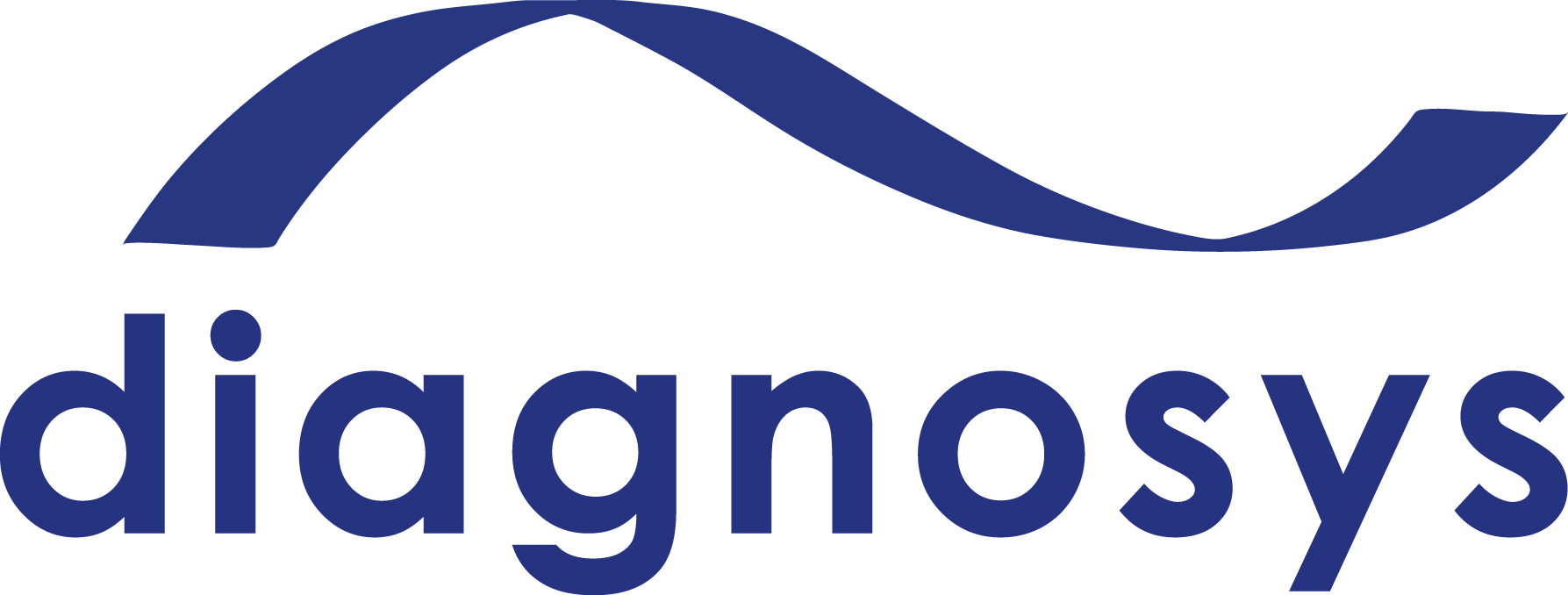Experience the visual electrophysiology clinical systems most trusted by clinicians worldwide
Join the thousands of leading experts who have chosen the high resolution and repeatability of visual electrophysiology clinical systems from Diagnosys. Leverage our decades of experience to support your endpoint validation and therapy clinical trials, as hundreds of research clinicians already have. Rely on our customer support services, the most experienced in the industry, to enhance your clinical practice with visual electrophysiology.
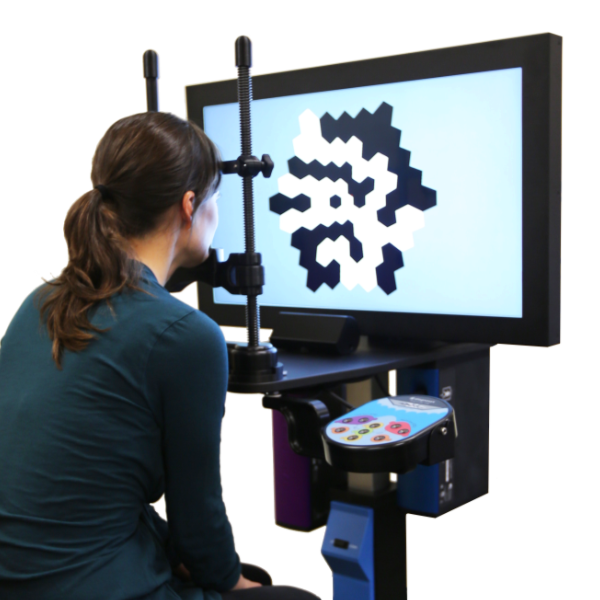
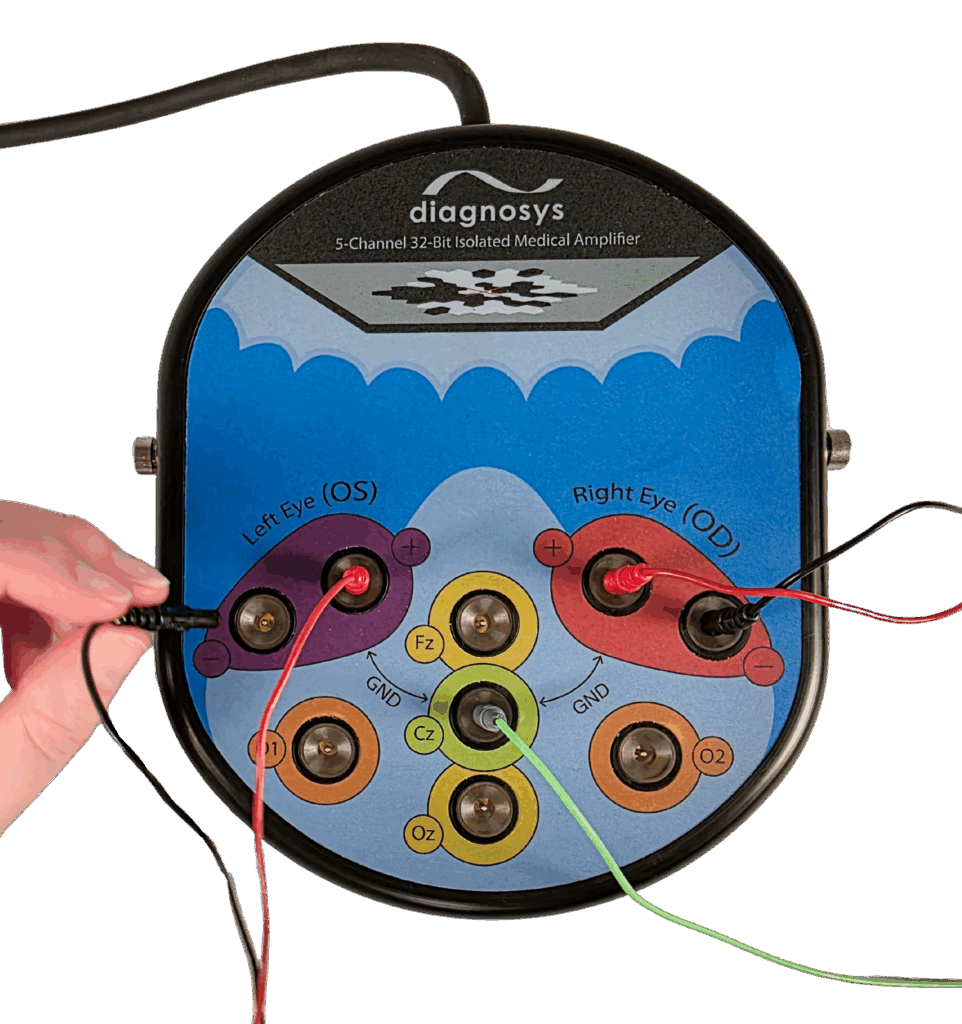
Reliable, precise, and accurate
Leverage the combined high resolution and high sensitivity of both the E3 and Profile visual electrophysiology clinical products to record the faintest electroretinograms on patients with advanced retinopathies. Detect the tiniest signals with our ultrasensitive amplifiers that achieve as low as one nanovolt of resolution.
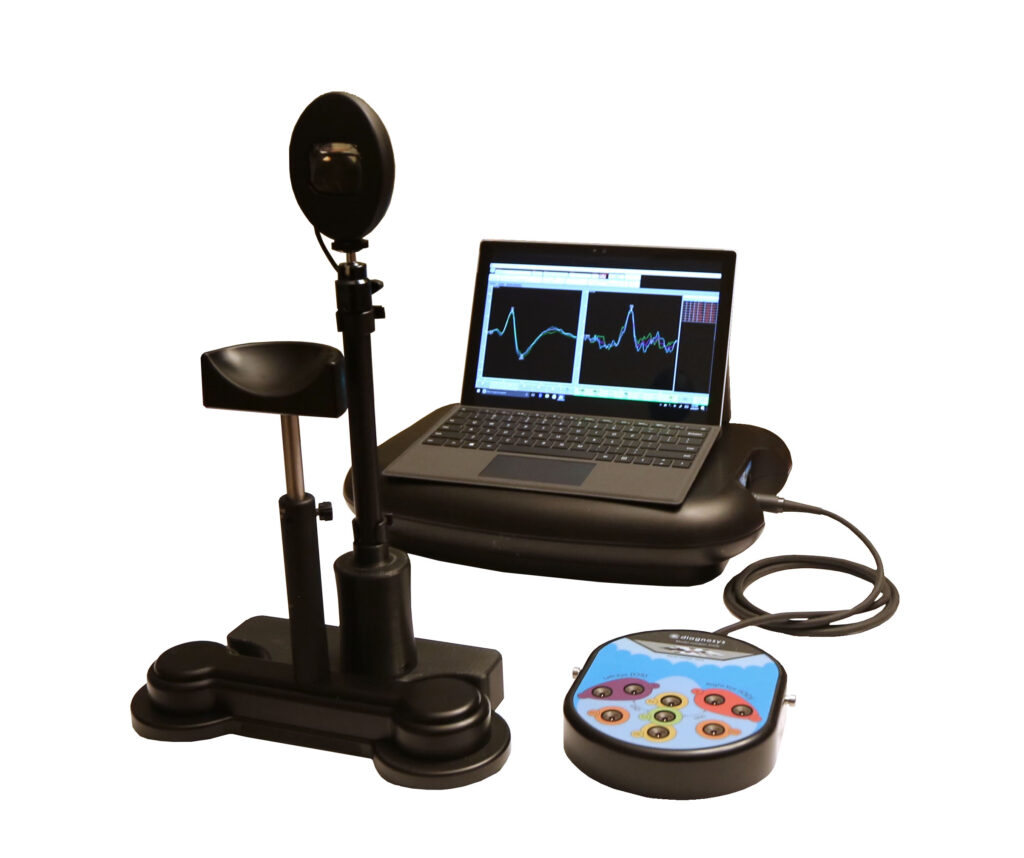
E3: tabletop console
Select the E3 console for the visual electrophysiology research lab or clinic. With its compact form-factor, place the E3 on a tabletop or take it wherever you go with the travel case option.
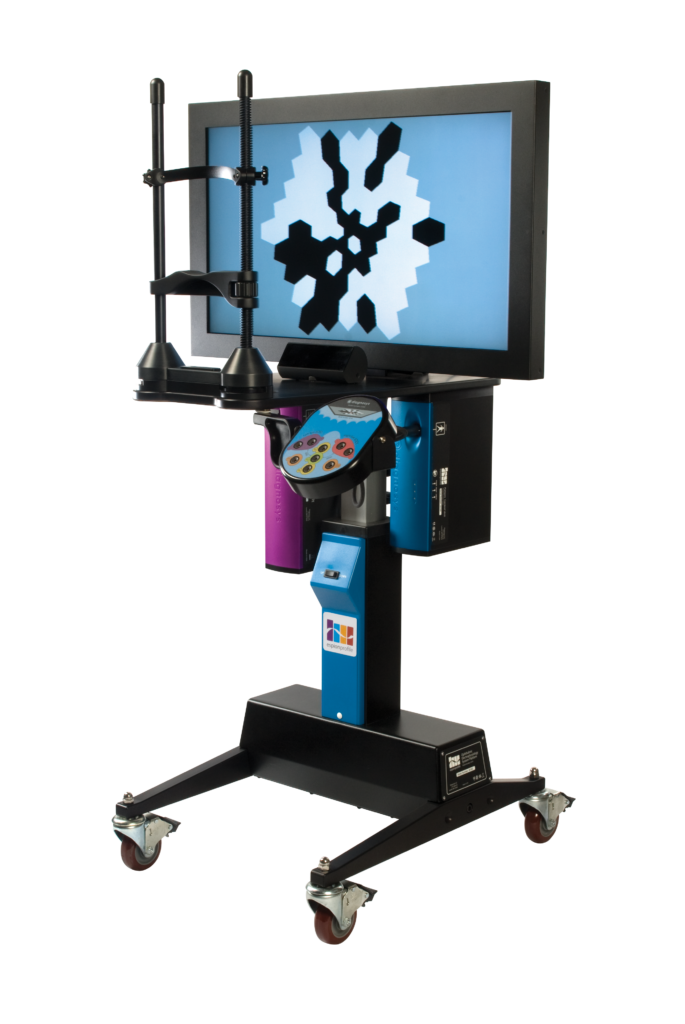
Profile: cart system
With the self-contained configuration of Profile, conveniently roll the cart into any operating room and lock it in place. Test on subjects in either supine or seated positions. Perform both flash and pattern tests with the two-cart visual electrophysiology clinical system.

Run visual electrophysiology tests your way with Espion software
E3 comes preloaded with Espion visual electrophysiology software. Perform all the standard ISCEV tests or configure your own tests easily. Espion ensures data security with encryption and audit trails. With Espion, generate clear and concise reports. Compare side-by-side a subject’s visual electrophysiology test results with normative reference data. Generate DICOM compatible outputs.
Visual flash stimulators
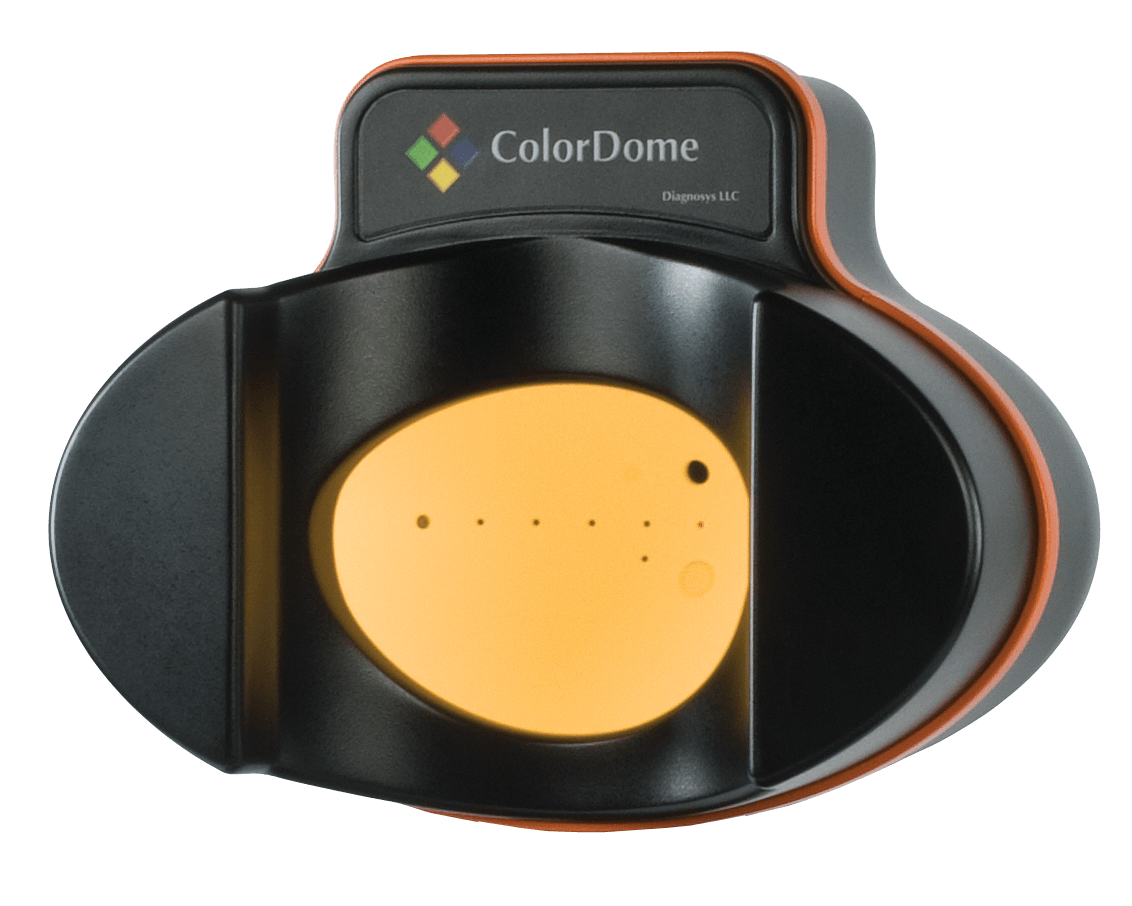
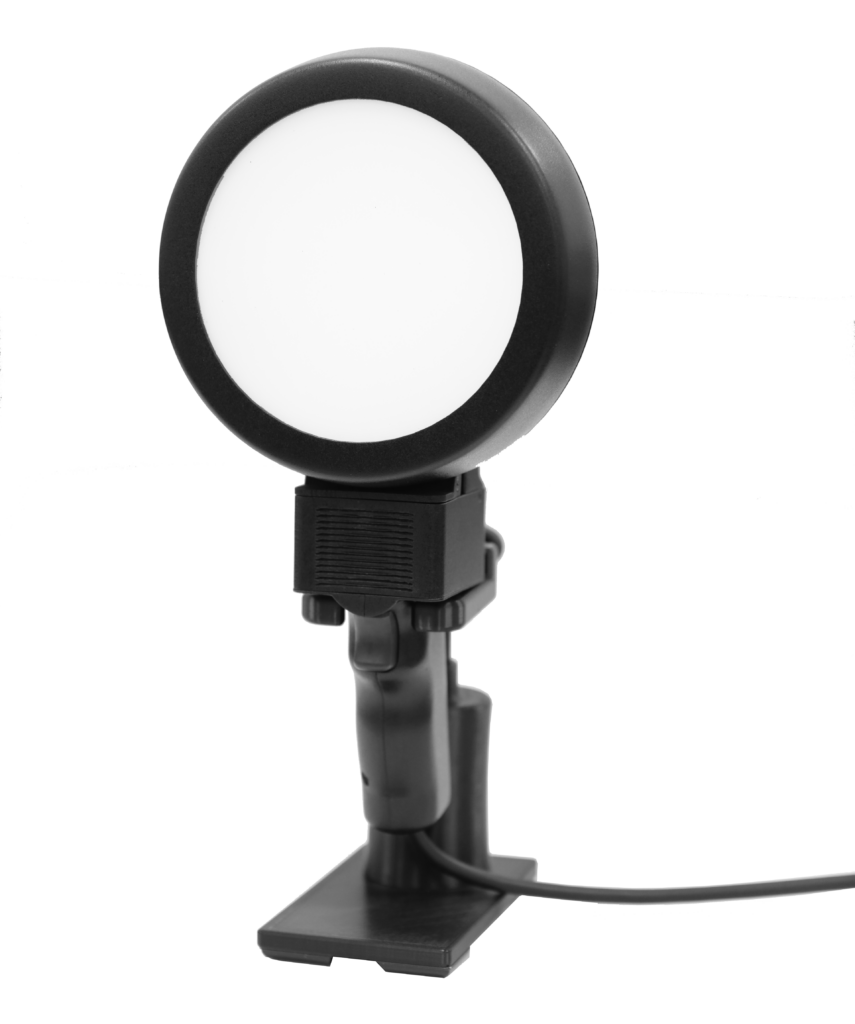
| Visual Electrophysiology Test | ColorDome | ColorFlash |
|---|---|---|
| Mounted, binocular Ganzfeld | Handheld, binocular, test at a distance | |
| Stimulates human visual function across the full natural luminance range | Uniquely suited for pediatric testing | |
| Full-field Electroretinogram (ERG) | ● | ● |
| Photopic Negative Response (PhNR) | ● | ● |
| Flash Visually Evoked Potential (VEP) | ● | ● |
| Extended ISCEV | ● | ● |
| Electrooculogram (EOG) | ● | |
| Full-field Stimulus Test (FST) | ● | ● |
| Dark Adaptometry (DA) | ● | |
| Pupillometry | ● |
Visual pattern stimulators
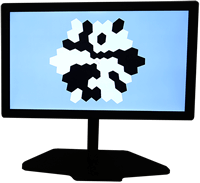

| Visual Electrophysiology Test | Display Monitor with Luminous Intelligence | Envoy Pattern Stimulator |
|---|---|---|
| Binocular testing in sitting position with LCD monitor | Monocular testing in supine position with OLED display | |
| Artifact-free testing | Artifact-free testing | |
| Multifocal ERG (mfERG) | ● | ● |
| Pattern ERG (PERG) | ● | ● |
| Pattern VEP | ● | ● |
| Sweep VEP | ● |
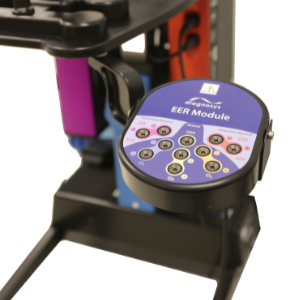
Electrically evoked response (EER) stimulator
Determine residual function with this all-in-one electrical stimulus and response module. Provide direct-current monopolar positive or negative pulses, bipolar pulses, or tri-polar pulses.
Important note: this device has not been cleared by the FDA for U.S. markets; check with Diagnosys for registration status in your country.
